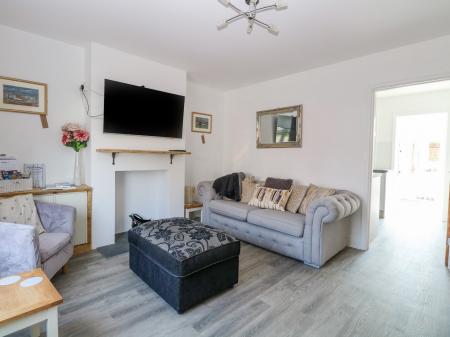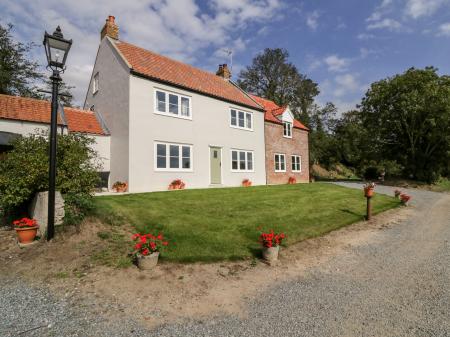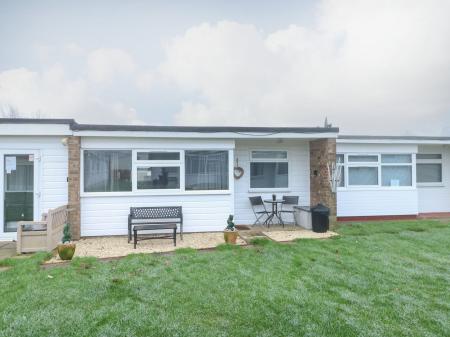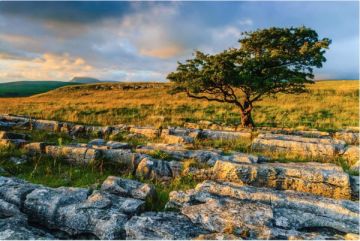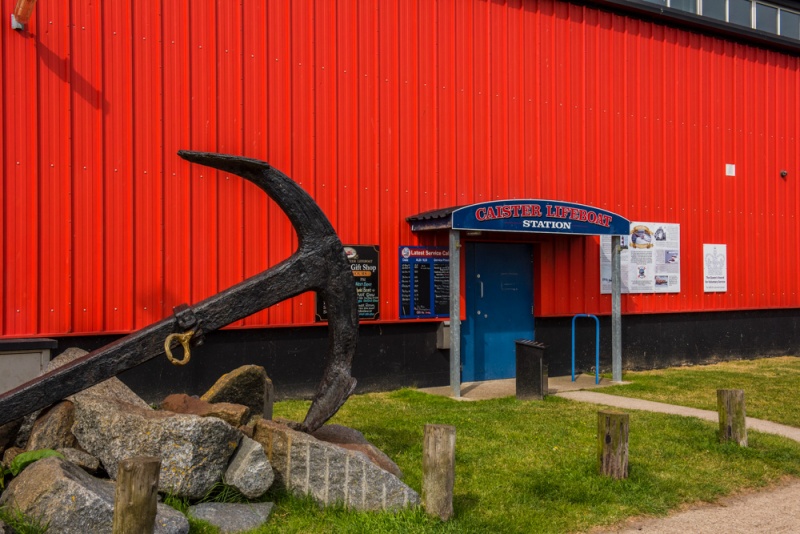

Caister Castle
Caister Castle is a 15th-century moated castle built by Sir John Fastolf, used by Shakespeare as a model for his 'Falstaff'. The castle is built partly in brick; one of the earliest uses of brick in England. It was besieged and captured by the Duke of Norfolk in 1468 and later owned by the wealthy Paston family. The castle is partly ruinous, but you can climb the 100-foot high tower for wonderful views.
One of the things you'll see from the castle tower is Caister Hall, a 15th-century manor house built by the Pastons. Just beside the castle stands the Caister Castle Car Collection (formerly the Caister Hall Motor Museum), a modern museum boasting the largest private collection of historic motor vehicles in Britain, with hundreds of vintage, antique, and classic motorcycles, cars, carriages, and cycles. One highlight is the 1893 Panhard et Levassor, probably the first true motor car ever made.
Caister Roman Fort
The fort at Caister was built around AD 200 and remained in use long after the Romans departed Britain. The fort was intended as a link in the Saxon Shore defences; a string of fortifications along the east and southern coastlines of Britain to guard against attack from Europe. After the Romans left there was a gap in occupation, but the site was reoccupied in the 7th-8th centuries.
The Lifeboat Memorial
In the churchyard of Holy Trinity at Caister stands a memorial to 9 lifeboat crewmen who lost their lives while attempting a rescue in 1901. The men refused to turn back from their rescue mission despite heavy seas and were lost. This incident gave the RNLI their motto, 'Never turn back'.
Holy Trinity Church
The church is mostly 14th century, with a sturdy west tower that resembles a beacon. Much of the interior is Victorian save for a row of carved stone corbels made to support the original hammer-beam roof. There is a 15th-century font, brought here from Eye, Suffolk. The east window commemorates the 1901 lifeboat disaster. There is a royal coat of arms to George II dates 1786, but the arms are painted over an earlier coat of arms to James I.





 We've 'tagged' this attraction information to help you find related historic attractions and learn more about major time periods mentioned.
We've 'tagged' this attraction information to help you find related historic attractions and learn more about major time periods mentioned.